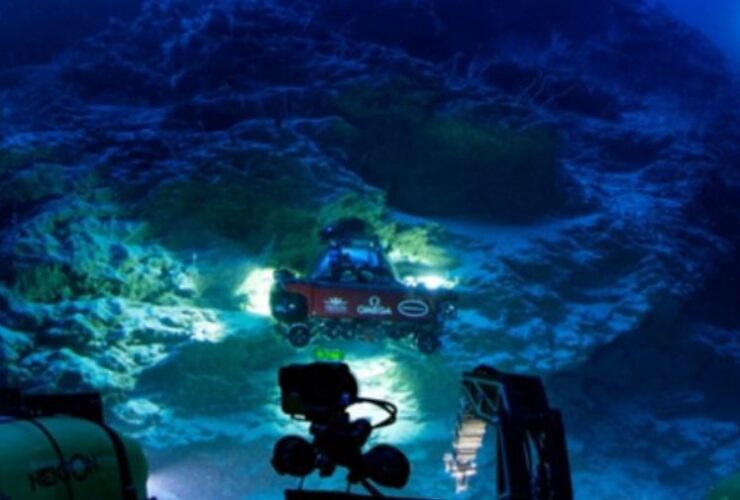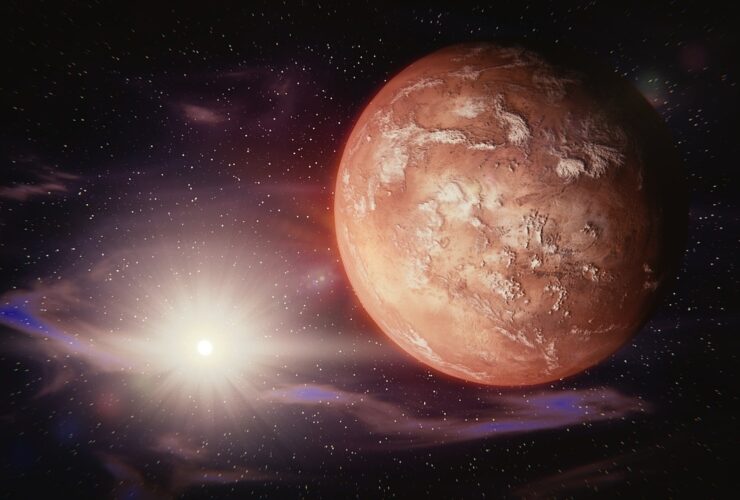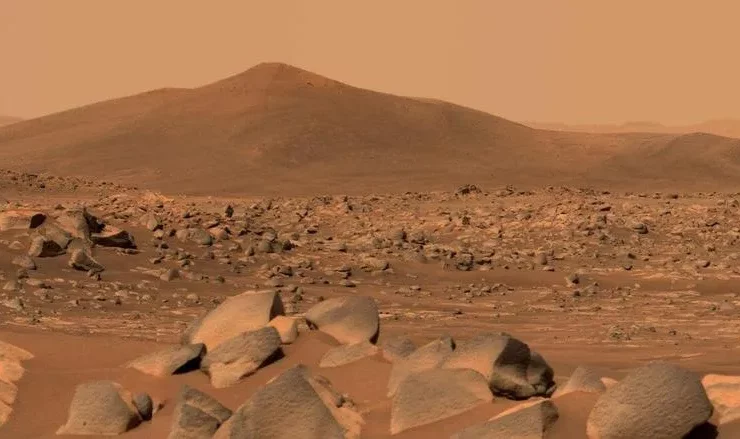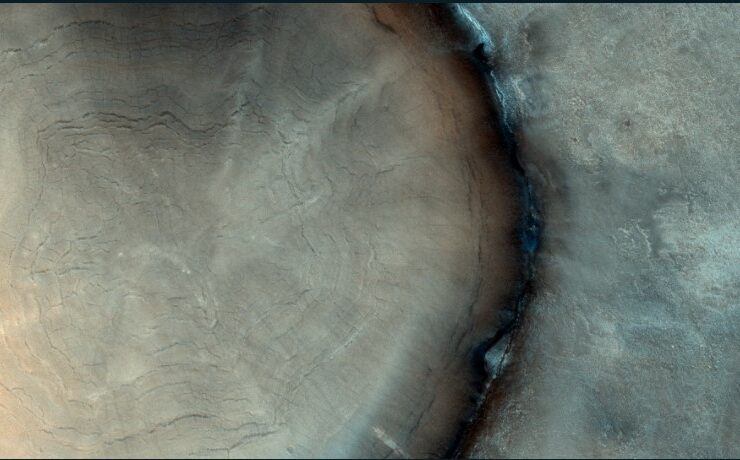A new, thriving ecosystem that has never been seen before was discovered during a recent underwater trip near a deepwater seamount in an archipelago in the Maldives. Researchers praised the discovery and dubbed it “The Trapping Zone,” a 500-meter-deep world ...
According to a recent survey of exoplanets around red dwarf stars, there’s a rise in the population of water worlds. Apparently, we may have underestimated how much wetter the Milky Way galaxy is. What’s more curious is that the newly ...
The greatest contender so far for a watery, Earth-like exoplanet is a world about 100 light-years away. Dimensional and mass data for this object, designated TOI-1452b, are compatible with a density profile that would support the presence of a worldwide ...
Water was previously thought to have been present on Mars for at least three billion years. NASA’s Mars Reconnaissance Orbiter, for example, detected salt crystals that suggest water may have existed as recently as two billion years ago. The Zhurong ...
On the Moon, there exist molecules of water and ice, but how did these materials get up there? There’s a good chance that part of the water on the moon came from asteroids and comets colliding, but recent research reveals ...
The benefits of drinking lemon water go beyond just a refreshing beverage. Drinking lemon water first thing in the morning is especially beneficial because you haven’t had anything to eat or drink all night, so you begin your day with ...
In its early stages, a temperature check of the universe, just 880 million years after the Big Bang, was made possible by studying the shadow produced by a cloud of cold water gas 13.8 billion light-years distant from Earth. It’s ...
Curtin University is researching a chunk of a Martian meteorite found on Earth in the Moroccan Sahara Desert in 2011 and initially reported in 2013. According to experts from Australia’s Curtin University, scientists are one step closer to knowing when ...
In the bigger picture, this experiment can lead people to understand better the Earth’s changing climate and the increasing pace of ice melting throughout our world. However, understanding why ice takes different shapes is a matter of intense curiosity for ...
Is this a close-up of a tree stump or an orbital view of a crater? At first look, it may not be easy to tell. However, this picture of a crater on Mars supplies planetary scientists with much the same ...


















